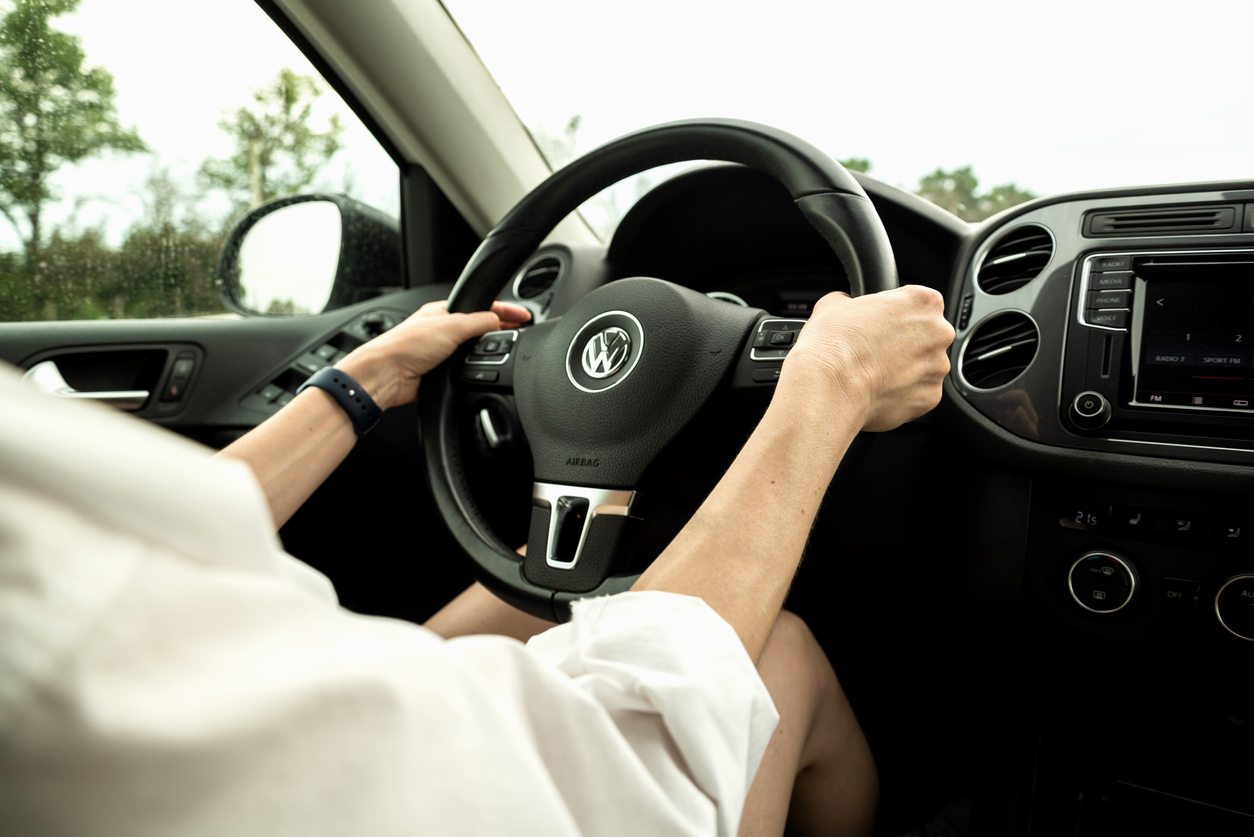Right of Way Laws in Alabama

Traffic laws are in place to keep people safe and to promote the smooth and efficient flow of traffic. These laws include the right of way rules that govern which vehicles are permitted to go and which ones must stop. Failure to yield the right of way appropriately can result in a car accident.
Even when you have the right of way, you must still proceed with caution and be careful to avoid accidents. Knowing these rules and understanding how they work can go a long way toward safe travels. Dive into all the details below to learn who has the right of way in certain traffic scenarios in Alabama.
Right of Way at Alabama Intersections
Alabama law specifies who has the right of way in certain traffic situations. Many of these scenarios deal with how to handle multiple vehicles at various types of intersections. When vehicles approach a controlled intersection, the right of way is determined by the traffic signals as explained below.
Red Lights
It should be basic knowledge for any Alabama driver that you must stop at a red light. This includes both solid and flashing red lights. Flashing red lights should be treated like stop signs. You may turn right on red at an intersection after making a complete stop unless there is signage that specifically prohibits it.
Yellow Lights
A solid yellow light indicates that the signal is about to turn red, and you should be prepared to stop if you can safely do so. If you can proceed through the intersection before the light turns red, then you have the right of way. A flashing yellow light also gives you the right of way, but you should proceed through the intersection with caution.
Green Lights
A green light is the universal sign for go and gives you the right of way to proceed through the intersection. However, you should still be cautious and understand that you may have to yield to pedestrians or cyclists who may be in the intersection.
Traffic Signals That Are Out
It is not uncommon to approach an intersection and see that the traffic signals are all dark, especially during a power outage. When this happens, you should treat the intersection as a four-way stop. All vehicles must make a complete stop and yield the right of way as you would at a four-way stop.
Right of Way Laws Involving Pedestrians
A common question that comes up among drivers is whether pedestrians always have the right of way. The answer is yes in most cases. According to Alabama Code Section 32-5A-211, drivers should always yield the right of way to a pedestrian crossing the roadway in a crosswalk.
When approaching a crosswalk, you should:
- Slow your vehicle and watch for pedestrians who want to cross
- Yield the right of way to pedestrians already in the crosswalk and stop for those about to enter the crosswalk
- AVOID stopping in the crosswalk, as this can block the crosswalk and cause problems for pedestrians
- NEVER pass a vehicle that is stopped at a crosswalk
Things get a little trickier when the pedestrian is not in a crosswalk. Alabama law states that a pedestrian crossing the roadway at a location other than a crosswalk “shall yield the right of way to all vehicles upon the roadway.” Legally speaking, this means that the driver has the right of way in these situations. However, it is best to remain cautious and drive slowly to avoid a pedestrian accident.
Penalties For Failure to Yield The Right of Way
Failing to yield the right of way can result in citations and other penalties. You could find yourself facing a traffic ticket that includes fines and points on your license. Additionally, failing to yield may result in an accident that puts you on the hook for civil penalties, such as economic and non-economic damages in personal injury cases.
In fact, Alabama law states in some situations that an accident can be used as evidence of your failure to yield. The best thing to do is familiarize yourself with the right of way rules and always use caution when approaching an intersection or some other right of way scenario including driving in a parking lot.
If you do find yourself in an accident after another driver failed to yield, always seek the help of an experienced accident lawyer who can help you get compensation for your injuries.
Contact the Alabama Car Accident Attorneys at Belt, Bruner & Barnett Personal Injury Lawyers.
Contact an experienced car accident lawyer at Belt, Bruner & Barnett Personal Injury Lawyers to schedule a free initial consultation today. We serve Shelby County, Madison County, Montgomery County in Alabama, and its surrounding areas.
We are located in Birmingham, Huntsville & Montgomery.
Belt, Bruner & Barnett Personal Injury Lawyers – Birmingham Office
880 Montclair Road, Ste 300,
Birmingham, AL 35213
(205) 973-6417

Belt, Bruner & Barnett Personal Injury Lawyers – Huntsville Office
116 Jefferson St. Suite 207
Huntsville, AL, 35801
(256) 781-9242
Or find us with our GeoCoordinates: 34.73050852442579, -86.5863926515444

Belt, Bruner & Barnett Personal Injury Lawyers – Montgomery Office
7 Clayton St, Suite 200,
Montgomery, AL 36104
(334) 518-6098
Or find us with our GeoCoordinates: 32.373594220209505, -86.3092041262694
